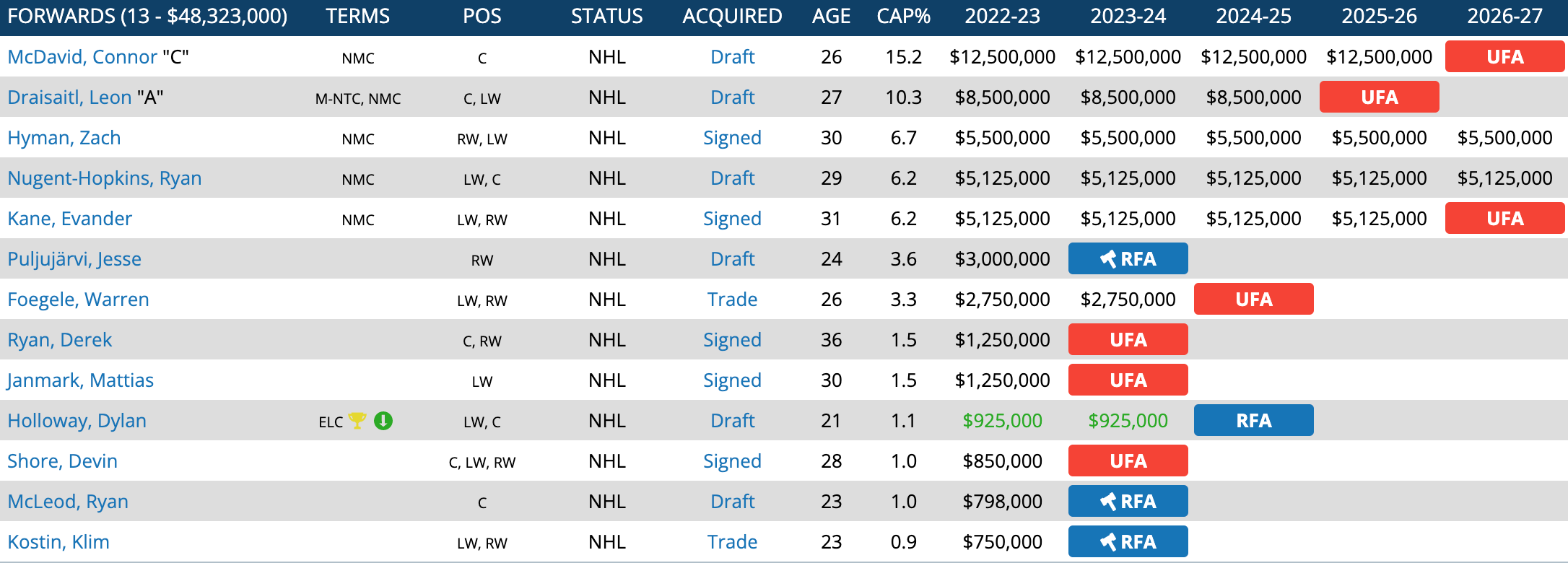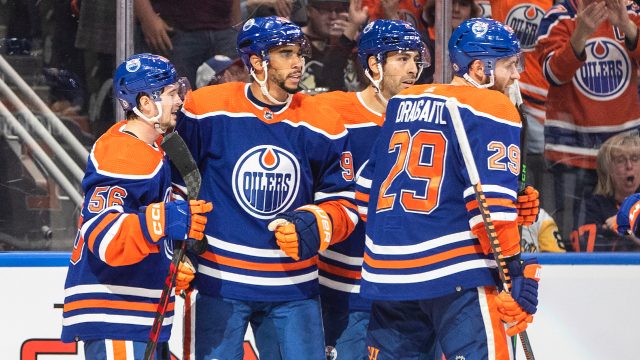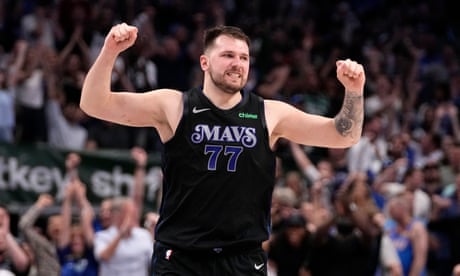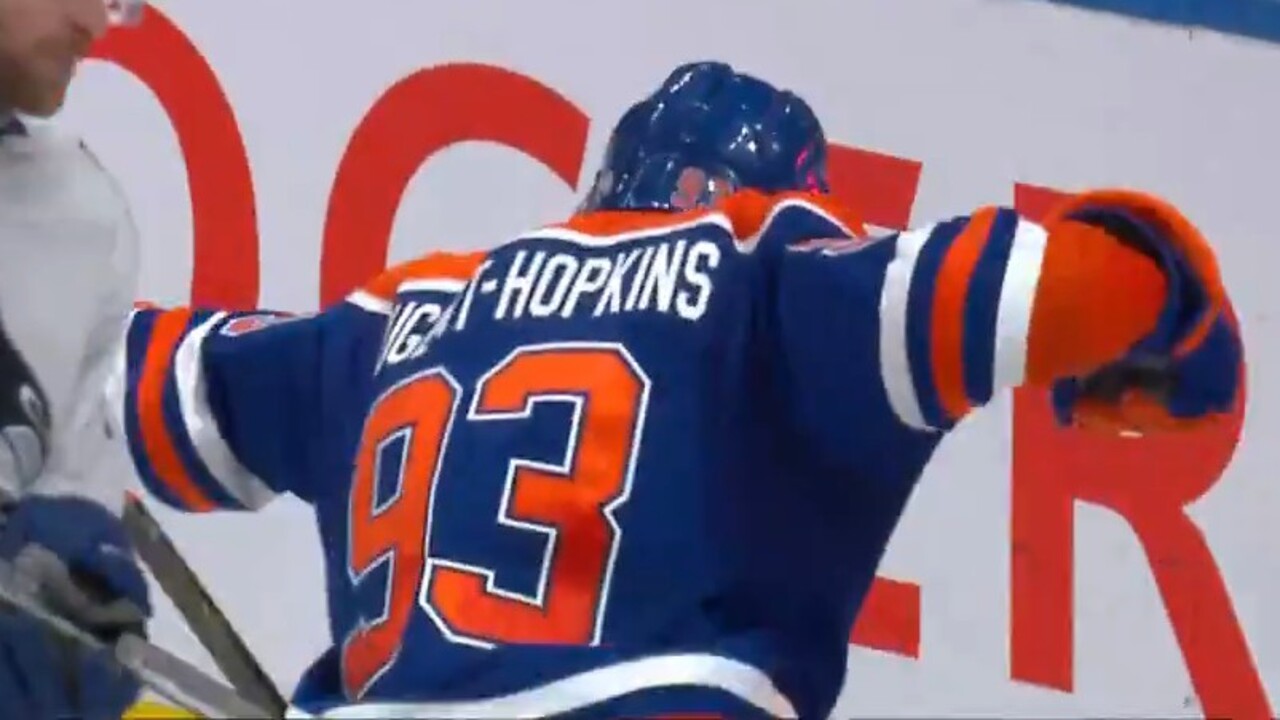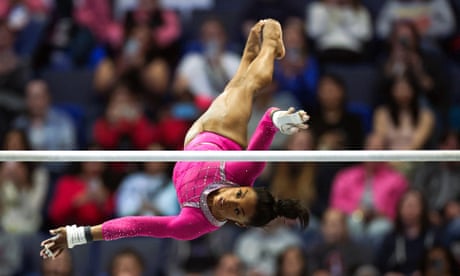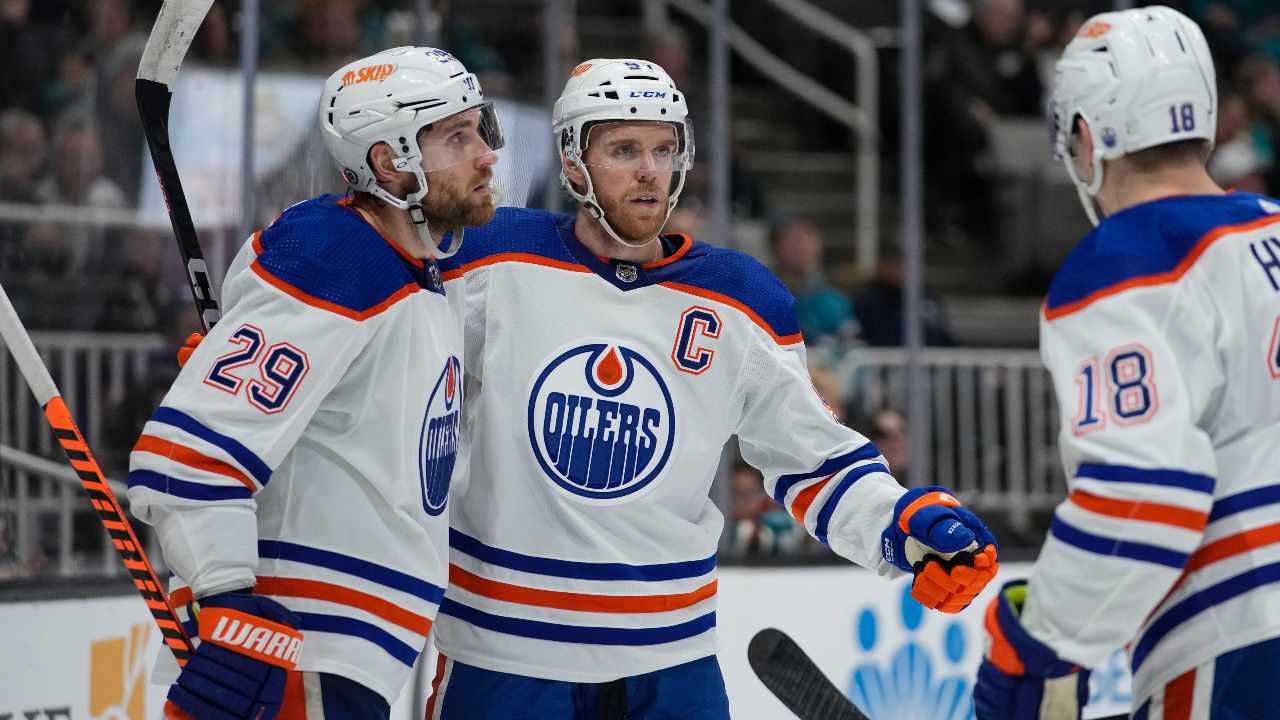
When the calendar rolls over into a new year NHL teams, generally, conduct their mid-season amateur and pro scouting meetings. The outcome of these meetings charts the direction for the remainder of the scouting season.
Over the next several weeks I will be breaking down the seven Canadian NHL teams by looking at their organizational depth, draft capital, and needs heading towards the trade deadline.
First up are the Edmonton Oilers.
ROSTER AND SALARIES
Note: NMC = No Move Clause / M-NTC = Player submits 10-team list he is willing to be traded to
Hyman becomes UFA end of 2027-28, Nugent-Hopkins end of 2028-29, Nurse end of 2029-30, Campbell end of 2026-27.
NHL FORWARDS
Analyzing the Oilers’ forward group provides and obvious conclusion: Edmonton is top heavy when it comes to their forward depth at the NHL level.
After the Oilers first 45 games their top four skaters (McDavid, Draisaitl, Nugent-Hopkins, Hyman) have contributed the following:
177GP – 251PTS
The rest of the roster has scored:
335GP – 86PTS
Here are some of my observations of the forward group:
Connor McDavid: Leads the league in goal scoring (37) and points (83). Incredibly he looks faster every year. McDavid is almost impossible to contain off the rush. It would be nice to see some improvement in the defensive zone (but I can’t have everything). He’s worth the price of admission every night.
Leon Draisaitl: He picks opponents apart on the power-play, as 50 per cent of his scoring comes with the man advantage. As much as I value his offence there have been times, in the first half, when his overall effort and detail has been a concern. He fought through injury last spring during playoffs and elevated his game at the hardest time of the year. The Oilers will need the same in the second half of the season.
Ryan Nugent-Hopkins: A valuable, second layer scorer who continues to be used in a variety of roles. His offence has spiked this season. The team is getting what it needs from RNH.
Zach Hyman: He provides the group with battle and perseverance along the boards and out front their opponents net. On pace for over 30 goals. I have no issues with his game. He’s exactly what the Oilers expected him to be, and he’s a team spokesman (leader) with media when things aren’t going well with the group.
Evander Kane: The team is much better when he’s in the lineup. His combination of speed, skill, power, and overall presence cannot be understated. He returns Tuesday and it feels like acquiring a power forward in a trade. Kane balances out the Oilers’ top six forward group.
Klim Kostin: Kostin has elevated his game. He was a highly touted prospect from Russia in his draft year. He’s big (6-foot-3, 215-pound) and physical and has been credited with 84 hits through 29 games. Even more important to the Oilers is the secondary scoring he is providing; he has scored nine goals since being acquired from St. Louis in October. The way he is evolving lessens the importance for the Oilers to acquire another forward at the trade deadline.
Mattias Janmark: His ice time has recently been on the rise and he’s providing reliable middle-six minutes. He’s chipping in with some offence as well. He’s valuable. Janmark can match-up on the road and be used on the penalty kill. The more ice time he gets the more he contributes a defined role.
Kailer Yamamoto: Yamamoto plays to his element (speed, skill, secondary offence) when he skates alongside Draisaitl or McDavid. He can be used on either power play unit. The team needs more from him in the second half though. He’s a small, light player who historically has a hard time when the games get physical.
Ryan McLeod: Take the puck to the middle of the ice kid! McLeod plays quick and fast. He has always had a speed element. He’s 6-foot-2 and 200 pounds, but keeps to the perimeter far too much for my liking. His game would go to another level if he was more dangerous in the trenches and driving the net off the rush.
Warren Foegele: I don’t see any way out from under his contract. Foegele doesn’t provide enough consistency in any one category to justify his $2.75 million salary. He teases me at times with speed, some tenacity, and secondary scoring – but never seems able to string several games together playing the same way. The coach obviously feels the same as I do. Foegele is averaging only 12 minutes of ice time.
Dylan Holloway: He’s going through some rookie “ups and downs.” He has good size (6-foot-1, 203 pounds), plays fast, and gets involved. On the Oilers’ recent road trip Holloway saw his ice-time rise to 13:30 on average. Before the trip, through California and Vegas, he was being deployed less than nine minutes per game for several weeks. The team needs more from its bottom six and Holloway can be used more.
Derek Ryan: Ryan is a solid team guy. A depth player who averages around 10:00 minutes of ice per night. Part of his responsibility includes a role on the penalty kill, but the team has struggled on the PK the entire season. The goalie is always the most important penalty-killer on the team – and there have been nights when Edmonton didn’t get a big stop when required – but the entire penalty-kill unit has to go to another level for the Oilers to have team success come spring. Ryan is part of that equation.
Jesse Puljujarvi: I purposely saved Puljujarvi for last. His time in an Oilers uniform is nearing its end. I don’t see a path forward for the player and the team beyond the next several weeks. I’m not going to beat the player up. The unfortunate reality is it’s going to cost the Oilers a high draft pick to move him to another team in a trade. One of the more surprising positive statistics about Puljujarvi’s game is the fact he leads the Oilers in hits (89) but the rest of his game doesn’t add up and he’s not worth his $3 million salary. The good news, for a team that acquires him at the deadline, is he’s on an expiring contract. It’s the only reason he is a target to be moved. (Look at it this way – the team acquiring the Oilers’ first round pick along with Puljujarvi is essentially buying the pick from the Oilers. They pay the remainder of Puljujarvi’s contract for the year but get a first-round pick in return.)
NHL DEFENCEMEN
Darnell Nurse: At times, it hasn’t been smooth sailing for Nurse. He has been guilty of turning some pucks over in key situations, leading to goals against late in games. I’m realistic, however, when it comes to his overall contribution. Nurse averages just shy of 25 minutes of ice per game and he matches up against top six opponents every night. His hard minutes come at even strength and on the penalty kill. Nurse has scored six goals, 15 assists and he’s a plus-13. Instead of criticizing Nurse, imagine what the Oilers D-corps would look like without his contribution.
Tyson Barrie: Barrie leads Oilers defencemen in scoring (five goals, 27 assists) and he’s currently on pace for the highest scoring year of his career. He’s a transitional defender who plays a key role on the Oilers power-play. Barrie is playing to his identity.
Brett Kulak: Kulak has done a decent job overall in an elevated role compared to last season. He’s averaging over 18 minutes per game and he’s an affordable ($2.75 million AAV) two-way NHL defender who is playing in the Oilers top four.
Cody Ceci: Ceci is having a solid season in Edmonton. He’s averaging just shy of 21 minutes per game and being used primarily at even strength and the penalty kill. Ceci has contributed only one goal and six assists offensively, but he’s a plus-9 overall. He’s providing great value, with a $3.25 million AAV.
Evan Bouchard: The defenceman who has taken the biggest step back from last season is Bouchard. He averages 18 minutes per game and his primary minutes come at even strength and the power-play, but he has also seen time on the penalty kill. The fact he his touching all of those roles makes it imperative that the Oilers get more out of Bouchard in the second half of the season. He’s a puck moving, power-play shooter by trade. His defending (and urgency) has always concerned me. Watching him play this season makes me realize how important Duncan Keith was to the entire team – especially Bouchard. Bouchard is a minus-8 on the season so far after finishing plus-10 last year.
Philip Broberg: Broberg remains a work in progress. He came into the league as a projected two-way/transitional defender who could provide an extra layer of offence. He’s not generating a ton offensively and he’s learning how to be a better defender at the NHL level. He needs time.
Vincent Desharnais: It’s a small sample size but so far so good for Desharnais. He’s a massive body (6-foot-6, 210 pounds) and he’s a right shot. Any player who is drafted in the seventh round and goes on to play NHL games is a nice story. Desharnais could be a wild card addition for the Oilers in the back half of the season. He plays to the identity of a defensive “D” who leans on opponents and gets in shooting lanes. The games will get quicker in the second half and his execution with the puck will be key.
Markus Niemelainen: Niemelainen is another big body defender for the Oilers but it appears he has not earned the trust of the coaching staff to date. When he does get a chance, he is making every attempt to be a physical presence.
NHL GOALTENDERS
Stuart Skinner: The Oilers have received mostly steady results from Skinner this season. He wasn’t supposed to carry as much of the load as he has, but his 12-10-2 record, 2.96 GAA and .914 save percentage reflect his contribution. He’s not a No. 1 NHL goalie quite yet, but he’s definitely trending towards being a solid 1B. He has exceeded my expectations.
Jack Campbell: The good news is Campbell has recently been trending in a positive direction. His last five starts have resulted in four wins and one loss but, more importantly, his GAA over that span is 2.18 and his save percentage is .912.
I appreciate Campbell the teammate and person but the Oilers need him to have a much better second half of the season to give them a chance come playoffs. Without going into too much detail, his first half overall was borderline disastrous.
DRAFT CAPITAL
The 2023 draft class is very deep and has the potential to be one of the top prospect pools to enter the league over the next few years. Here is a look at the Oilers draft board for the next three years:
PROSPECT POOL
The Oilers’ prospects require more time to develop. Their top players are either in junior, or just starting their careers at the minor league level in Bakersfield.
Here’s an update on some of their developing assets:
Carter Savoie: Made the jump to pro at the end of his college season, playing at Denver, in the spring of 2022. His element is offence, but it’s been slow to arrive so far at the AHL level, where he has five goals and three assists in 26 games for Bakersfield. It’s going to take time for Savoie to arrive in an Oilers uniform. He needs to play to his strengths and better understand the three-zone responsibilities of the pro game.
Xavier Bourgault: Having a nice rookie season at Bakersfield with nine goals and seven assists in 34 games. Bourgault has potential to be a top-six NHL forward. His element is offence as well. The Oilers could use another layer of scoring beyond their core four and Bourgault could fill the role in the coming years.
Reid Schaefer: Was a member of the Team Canada WJC Gold medal team and is currently playing for Seattle in the WHL. Schaefer is a big body forward with very good puck touch. He has an excellent release and takes very little time directing pucks on goal from scoring areas. His size is what stands out for me (6-foot-3, 215 pounds). Schaefer could be a prospect who makes things difficult on opponents in the hard areas (net front, along the boards) and deliver some secondary scoring in time. His stats haven’t spiked this year, though, and I’m expecting more from him in the second half of the season. The Oilers drafted Schaefer in the first round last July (32nd overall). He has 17 goals and 13 assists through 26 games for Seattle.
SUMMARY OBSERVATIONS
• The team needs to get more out of its middle/bottom six forward group in the second half. There’s no easy solution for management when it comes to the secondary players on the roster. They simply need to play better and provide some secondary scoring and better defensive detail.
• The goaltending has to improve. Last season the tandem of Mike Smith and Mikko Koskinen were heavily criticized for not providing timely stops and consistency. Campbell and Skinner are actually performing below the standard Smith and Koskinen did last season.
• The Oilers’ bottom pairing defensively has to find a way to define itself. The team requires its fifth and sixth defencemen on the back end to elevate their game.
THE PLAN MOVING FORWARD
• The return of Evander Kane Tuesday will provide an immense boost to the forward group and the team overall. His power game, and overall presence, provides an extra layer of distraction for opponents. He balances out the forward group better.
• The Oilers DO NOT need to acquire another two-way/transitional defender on the back end.
• Jakob Chychrun’s name has been circulating as someone the Oilers have interest in. He is not the kind of player that will balance out the back end, given the current state of the lineup.
• The room lost a ton of leadership when Duncan Keith retired. Mike Smith was also part of the leadership group (and uber-competitive).
• If the Oilers are hoping to take this roster to another level they should be targeting role players who can play heavy, hard, detailed minutes. Players who contribute small details that sometimes go unnoticed.
• The penalty kill needs to improve. They need to find a way to block more shots. The group requires more muscle, detail, and desire when games get hard.
TRADE TARGETS AND COST
EDMONTON TRADES: Lottery protected 2023 first-round pick, Jesse Puljujarvi, 2024 fifth round pick OR Unprotected 2024 first-round pick, Puljujarvi, 2024 fifth-round pick
EDMONTON ACQUIRES: Joel Edmundson, 2024 sixth-round pick, Canadiens retain $500,000 of Edmundson’s contract.
EDMONTON TRADES: 2023 third-round pick, 2025 third-round pick
EDMONTON ACQUIRES: Luke Schenn, Canucks retain $425,000 of Schenn’s contract
Note: These moves can be classified as Plan “A” and Plan “B” but I would attempt to make both trades.
Other potential targets:
Josh Brown, RD, Arizona Coyotes
6-foot-5, 217 pounds
AAV $1.275 million through 2023-24
Justin Braun, RD, Philadelphia Flyers
6-foot-2, 205 pounds
AAV $1 million through this season
CONCLUSION
• The return of Evander Kane cannot be underestimated. He provides a trade deadline kind of upgrade for the Oilers forward group.
• Klim Kostin has become a valuable player for the Oilers. Acquiring Kostin is one of the sneaky top trades so far this year. He too has the potential to further balance out the middle six forward group when Kane returns.
• I have elected to target two-way/shut-down/shot blocking defenders who also eat up minutes on the penalty kill.
• The situational upgrades on the back end should provide the Oilers more defensive structure, physical presence, and in-room leadership.
• There is no doubt the Oilers can score with any team in the NHL. They’re able to roll out some of the best players in the NHL on their power play. Keeping the puck out of their net with an improved emphasis on team defence and the penalty-kill is imperative in the second half.


